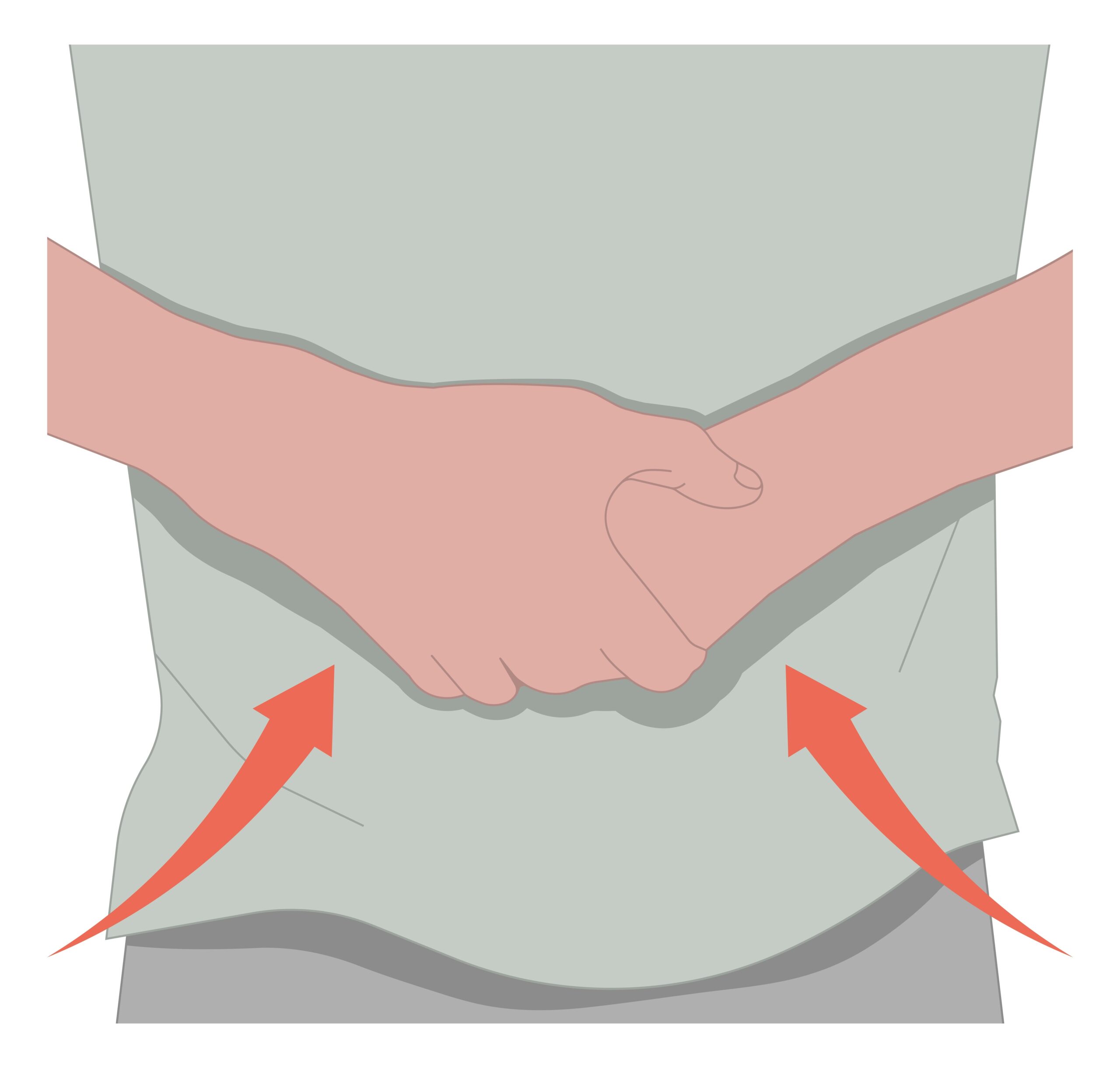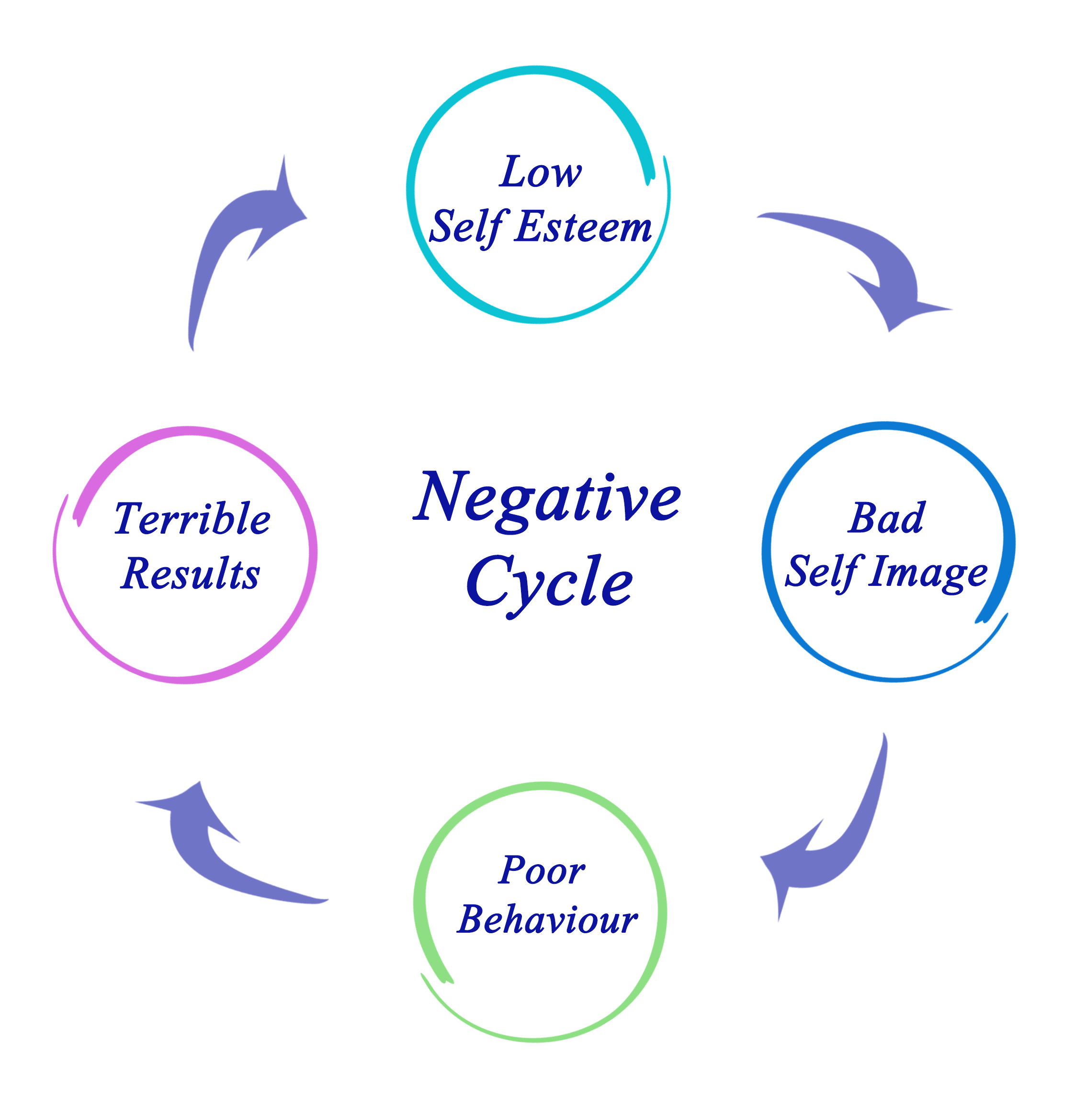Waist Training Exposed: The Health Consequences and False Promises
December 6, 2023
 758
758 
In a world where instant results and quick fixes are the norms, waist trainers have emerged as a modern-day solution for achieving that coveted hourglass figure.
Once a secret weapon of celebrities and fitness influencers, these corset-like garments have now found their way into the everyday wardrobe of those seeking a slimmer waist and a more pronounced silhouette.
Marketed with the promise of not just instantaneously cinching your waist but also aiding long-term weight loss and body shaping, waist trainers have sparked a global trend.
But how much truth lies behind these alluring claims?
Can a simple garment reshape your body and aid in weight loss, or is it merely a case of clever marketing tapping into our deepest insecurities and desires for an ideal body?
In this exploration, we peel back the layers of the waist trainer phenomenon, examining its promises versus its actual performance.
As we navigate through the world of quick fixes and body image, let’s uncover the reality of waist trainers and their impact on our health and self-perception.
The Myth of Spot Reduction

One of the most enticing claims of waist trainers is their ability to help lose fat in specific areas of the body, primarily the waist and abdomen.
This idea, known as “spot reduction,” is a concept that has been widely circulated and believed in the fitness world.
However, it’s time to shed light on the scientific truth: spot reduction is a myth.
The human body loses fat in a systemic, not a localized, manner.
When you exercise or diet, your body decides where to burn fat based on genetics, hormones, and overall body composition, not on which part of your body is squeezed into a trainer.
The belief that wearing a waist trainer can specifically target fat loss in the waist is akin to believing that wearing tight gloves could reduce fat in your hands – it’s simply not how our bodies work.
Moreover, the idea that increased sweating due to a waist trainer leads to significant fat loss is another misconception.
While it’s true that wearing these garments can lead to temporary water loss due to sweating, this is not the same as losing fat.
Water loss is quickly regained once you hydrate. E
ssentially, the scale might show a lower number post-waist training session, but this change is transient and not indicative of actual fat loss.
In reality, effective fat loss involves a combination of a balanced diet, regular exercise, and overall lifestyle changes.
These factors contribute to a caloric deficit, which leads to fat loss across the entire body, not just under the tight embrace of a waist trainer.
So, while the appeal of waist trainers in targeting fat loss in specific areas is understandable, the science behind weight loss tells a different story.
Spot reduction remains a myth, one that we need to let go of in our journey towards healthier and more sustainable body transformation methods.
Physical Effects and Health Risks

While waist trainers may present an alluring quick-fix for body shaping, it’s crucial to understand the physical effects and potential health risks associated with their use.
Far from being a harmless accessory, waist trainers can exert undue pressure on the body, leading to several adverse effects.
Muscle Weakening and Atrophy:
One of the primary concerns with prolonged waist trainer use is the weakening of the abdominal muscles.
When you rely on a waist trainer for support, your core muscles, especially the abdominals, become less active.
Over time, this can lead to muscle weakening and atrophy.
A strong core is essential not just for a toned physique, but for overall health, supporting your posture and spinal alignment.
Potential Organ Compression:
The tight compression of waist trainers can also have more insidious effects, namely the unnatural shifting and compression of internal organs.
This compression can lead to digestive issues as the stomach and intestines are pushed out of their natural position.
In extreme cases, prolonged waist trainer use can even lead to long-term organ damage.
Breathing Difficulties:
Another immediate and noticeable effect of wearing a waist trainer is the restriction of your breathing capacity.
The tight constriction around the waist and ribs can lead to shallow breathing or difficulty in taking deep breaths.
This not only limits oxygen intake, essential for overall health and energy, but can also exacerbate conditions like asthma.
Long-Term Posture Issues:
Over-reliance on waist trainers can lead to dependency, where your body becomes accustomed to the external support for maintaining posture.
This can weaken the body’s natural posture support system – the core and back muscles – leading to long-term posture issues.
Poor posture is not just an aesthetic concern; it can lead to chronic back pain and spinal issues.
In summary, while the allure of immediate body shaping is tempting, the potential physical effects and health risks posed by waist trainers paint a concerning picture.
It’s important to weigh these risks against the temporary benefits of waist shaping and consider healthier, more sustainable methods for body sculpting and weight loss.
Psychological Implications and Body Image

The impact of waist trainers extends beyond the physical; they also have profound psychological implications, particularly concerning body image and self-perception.
In a society increasingly driven by visual appeal and social media portrayals of ‘ideal’ bodies, waist trainers contribute to a skewed perception of what is attainable and desirable.
Unrealistic Beauty Expectations:
The immediate transformation offered by waist trainers creates an illusion of an ‘ideal’ body shape, which is often far from natural or achievable without such aids.
This can foster unrealistic beauty standards, making it difficult for individuals to appreciate and accept their natural body shapes.
The constant exposure to images of cinched waists and flat stomachs, often amplified by social media influencers, can perpetuate a cycle of dissatisfaction and negative body image.
Impact on Self-Esteem:
The reliance on waist trainers for confidence in appearance can lead to a conditional form of self-esteem, where one’s self-worth becomes increasingly dependent on looking a certain way.
This dependency can be psychologically damaging, as it ties happiness and self-value to an external, often unattainable, physical appearance.
The Risk of Disordered Eating and Exercise Behaviors:
In extreme cases, the pursuit of an ideal body shape, as exemplified by the waist trainer ideal, can lead to unhealthy behaviors.
This includes disordered eating patterns or excessive exercise, as individuals strive to achieve what they perceive as the perfect body.
The pressure to conform to these beauty standards can overshadow the importance of health and well-being.
Creating a Healthier Body Image:
It’s crucial to shift the focus from achieving a specific body shape to embracing body diversity and promoting health and wellness in all forms.
Celebrating different body types and focusing on what our bodies can do, rather than just how they look, can foster a more positive and inclusive view of beauty.
In conclusion, the psychological impact of waist trainers is a critical aspect of the conversation. ‘
It’s important to recognize and challenge the unrealistic beauty standards they promote and work towards a more holistic and inclusive understanding of beauty and self-worth.
Healthier Alternatives

In contrast to the quick fixes promised by waist trainers, there are healthier and more effective methods for weight management and body shaping.
These methods not only foster physical well-being but also encourage a more balanced and sustainable approach to body image.
Balanced Nutrition:
The cornerstone of any effective weight management plan is a balanced diet.
This involves consuming a variety of foods that provide essential nutrients, including lean proteins, whole grains, healthy fats, and plenty of fruits and vegetables.
Rather than restrictive diets, the focus should be on moderation and variety to ensure a sustainable and enjoyable eating pattern.
Regular Exercise:
Exercise is crucial not only for weight loss but for overall health.
A combination of cardiovascular exercises, which improve heart health and burn calories, and strength training, which builds muscle and boosts metabolism, is most effective.
Regular physical activity also has immense mental health benefits, including reduced stress and improved mood.
Mindful Eating:
Developing a healthier relationship with food through mindful eating can be transformative.
This involves eating slowly, savoring each bite, and listening to your body’s hunger and fullness cues.
Mindful eating helps in making intentional food choices and enjoying meals without guilt.
Stress Management:
Stress can have a significant impact on body weight and health.
Engaging in activities that reduce stress, such as yoga, meditation, or simply taking time for hobbies and relaxation, can prevent stress-eating and promote overall well-being.
Adequate Sleep:
Never underestimate the power of good sleep.
Adequate rest is essential for weight management as it regulates hormones that control appetite and metabolism.
Seeking Professional Guidance:
For personalized advice and support, consulting with healthcare professionals like dietitians, nutritionists, and fitness trainers can be invaluable.
They can provide tailored recommendations based on individual health needs and goals.
In essence, achieving and maintaining a healthy weight is more about embracing a lifestyle that includes balanced nutrition, regular physical activity, mental well-being, and self-care.
This approach not only leads to sustainable weight management but also promotes a healthier relationship with your body and food.
All Wrapped Up
As we wrap up our exploration into the world of waist trainers and the broader context of weight loss and body shaping, one message stands out clear and strong: the importance of prioritizing health over mere appearance.
The allure of quick fixes and instant results, as promised by products like waist trainers, can be compelling, but it’s crucial to step back and consider the long-term implications of these choices.
Health is not just about the absence of illness or achieving a certain look; it’s a holistic state of physical, mental, and emotional well-being.
It’s about making informed decisions that contribute to our overall health and happiness.
When it comes to weight loss and body shaping, this means adopting methods that are not only effective but also safe and sustainable.
Remember, there are no shortcuts to a healthy body.
Achieving and maintaining a healthy weight involves a balanced diet, regular exercise, adequate rest, and stress management.
It’s also about fostering a positive body image and self-esteem that is not solely tied to physical appearance.
Let’s move away from the misleading promises of quick fixes and embrace a more informed and holistic approach to health and fitness.
By doing so, we can enjoy a healthier, happier, and more fulfilling life, where our decisions are driven not by societal pressures or unrealistic beauty standards, but by the genuine pursuit of well-being.

A new study suggests that a widely used sugar substitute found in diet sodas, chewing gum, and low-sugar yogurt may elevate insulin levels. This could increase the long-term risk of heart disease. “Artificial sweeteners have infiltrated nearly all types of food, making it crucial to understand their long-term health effects,” said Yihai Cao, senior author […]

Diet Coke has long been a fan-favorite among soda lovers who want a fizzy, guilt-free alternative to traditional soft drinks. While its zero-calorie, zero-sugar label makes it seem like a healthier option, the reality is far more concerning. Despite its undeniable popularity, Diet Coke’s nutritional profile has raised red flags among health experts for years. […]

New study shows that embracing an anti-inflammatory, plant-forward diet can support cognitive function and help reduce the risk of dementia. What You Eat Shapes Your Brain The food you eat doesn’t just impact your body—it also affects your brain. Research suggests that eating an anti-inflammatory, plant-based diet can help improve memory, focus, and overall brain […]